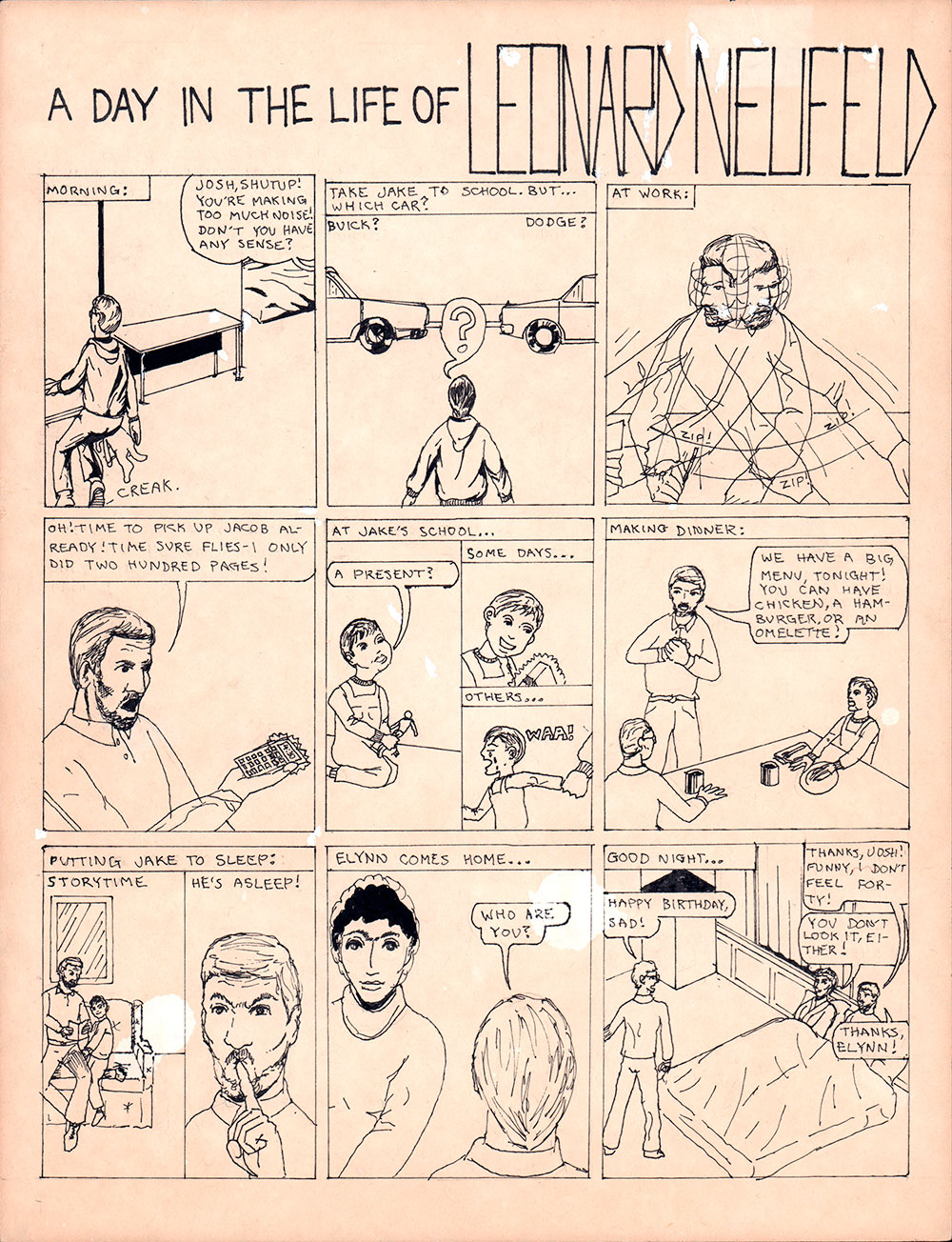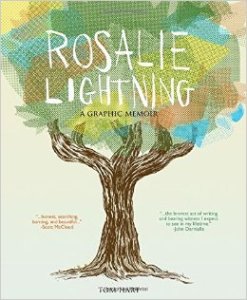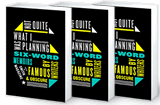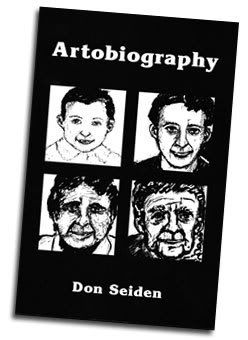My visit to Oberlin earlier this month was the first time I had been back to the campus since late 2000, and the first extended stay since my ten-year reunion back in 1998. As with all things, much had changed in the school and surrounding town, though at heart the Oberlin experience remains the same: happily, it’s still a tiny, politically progressive, hippie-oriented enclave in a bucolic northern Ohio setting.
The most striking difference between then and now is how much the town of Oberlin has evolved to cater to the college. When I was a student there in the late 1980s, the only places to eat in town were the Campus Diner, Lorenzo’s (a divey pizza & beer joint), the Tap House (which specialized in greasy bar food and cheap pitchers), the Oberlin Inn (which was too pricey for most students’ budgets), and Rax (a local roast beef chain). Right near the end of my time, a Subway franchise opened on Main Street, but that hardly counts.
Other places in town were Gibson’s Food Market & Grocery, a thrift store, a record store, the Co-op Bookstore, the Apollo Theatre, the Ben Franklin five-and-dime, a pharmacy, a couple of banks, a hardware store, a bike store, a copy shop, and an Army-Navy store. Of all those, only Gibson’s, the thrift store, and the record store could’ve been said to focus on student business; for the most part the “city” of Oberlin (pop. c. 10,000) seemed very resolutely an entity of its own, geared toward the local, non-student populace. Nonetheless, I never felt a lack: I was happy to scarf down a Mr. Fred or an Obie-burger at the Campus Diner; a thick-crusted, cheesy pizza at Lorenzo’s; or a chicken sandwich at Rax. And most of my life revolved around the campus itself.
Now there are all sorts of cafes and restaurants whose sole purpose is to cater to students: hippie diners, Asian fusion restaurants, upscale yuppie cuisine, a burrito joint, an ice cream shop, a Chinese eaterie, the list goes on. And Gibson’s has gotten truly baroque in its accommodation to the student munchies crowd: their main features seem to be chocolate-covered bacon and orange peels, and racks and racks of booze .(Up until the early 1990s, Oberlin was a dry town, with only beer allowed to be sold — except at the Oberlin Inn, which had some sort of special dispensation to sell hard liquor.)
And then there are the other places so foreign to my Oberlin experience: New Age trinket stores, yoga studios, hair salons, and even a comics store (albeit sparsely stocked and darkly lit). The strangest thing, though, is the absence of the Campus Diner. I always thought of that place as the center of Oberlin, the one place in town where college and town really mixed. It’s just weird to me that that place is gone. The absence of Campus, along with the Tap House and Rax being gone really makes me wonder how welcome Oberlin’s “townies” now feel in their own community. My guess, however, is that economic realities set the tone for these changes, and that the old establishments just couldn’t afford to stay in business. And it’s nice to know that a number of the new establishments are owned and operated by ex-Obies (who apparently just couldn’t bear to leave town after graduation). But I had been really looking forward a Mr. Fred! Grrr…
The Co-op Bookstore is gone too, a victim of over-building, replaced by a Barnes & Noble franchise. There’s also a used bookstore which shares space with the Ben Franklin. And the aforementioned comics store, which seems to be wasting its potential (though they were kind enough to supply books for my signing Saturday afternoon). I liked the selection of comics they had on hand — mostly alternative fare and Vertigo books — but it seemed like there was only one copy of each title on hand, and most of them were sealed in plastic (I guess to prevent browsing). The effect was less than welcoming. In addition, the store’s window displays were entirely bare, except for some faded posters of long-completed Marvel and DC “event” comics. Not even a couple of current alt-comix enticements, like, say, the recently published nonfiction graphic novel of a returning alum (hint, hint).
I was so happy to see the Apollo Theatre functioning, still showing its weekly quota of scratched first-run movies. Erik Inglis told me the college had recently bought the floundering theatre, and had plans to keep it going while also integrating the school’s film program into the upstairs offices. (The newest Oberlin Alumni Magazine has a feature about the whole affair.) Some of my best movie-going experiences took place at the Apollo: whether the movies were enduring classics or 80s drek, I’ll never forget seeing films like Aliens, Die Hard, Back to the Future Part II, Rocky IV, The Color Purple, The Wall, Eddie Murphy: Raw, Wildcats, or The Accused at the Apollo.
Changes on the Oberlin campus itself seemed mostly for the good. I really dug the way they’ve re-imagined the first floor of Mudd Library, with an array of free computers, a new books area, and a café. I enjoyed a quick visit to the old computer center, which now features a computer supply store, and an entrance decorated with a display of vintage 1980s and ‘90s computers — the very ones I used to spend so much time on during my student days. Otherwise, it was comforting to sit in one of Mudd’s enduring “womb chairs” and just to stroll through the library’s stacks, remembering that books are still integral to the college experience, and that to really learn and understand a topic you still need to immerse yourself in a book. Wikipedia is not the answer to all of life’s questions!
It was also fun to wander through Wilder, past the mailroom, the Rath, and the ‘Sco. I even picked up a copy of the Oberlin Review, still publishing — on paper, no less. It was both comforting and a little disappointing to see how little the Review had changed, however: still dry as dust and self-serious. (Though I did enjoy reading the “Review Security Notebook,” always one of my favorite features back during my student days.)
The new buildings on campus were all fine — I like the way the new science center wraps around the old one — but one of the best moments of our visit was the gorgeous fall afternoon when Sari, Phoebe, and I strolled around the whole campus, admiring some of the classic buildings: Peters Hall, Talcott, Keep, the art museum, and even dorms like Burton. On the other hand, Dascomb is still a pit. I took Phoebe on a tour down my old hallway (I lived in the same room in Dascomb my first two years at Oberlin) and passed my old room. It still smells the same — like feet! Phoebe seemed trepidatious. I was too. Maybe it’s time to demolish the place? (I think South’s time is over as well.)
The whole experience, combined with my “official” visit as a returning alum, was a pulsating mix of old and new, where I often felt myself caught between two temporal realities, past and present. But as long as the painted rocks remain in Tappan Square, Oberlin will always be home to me.
 Matthew Baker—or Mx. Baker, as he prefers to be called—is a rather mysterious fellow who writes for a living. He contributed a wonderful “seeder” piece to the “Brothers” triptych of FLASHed (responded to by Jon Lewis and then Julia Fierro), and he curates a blog called Early Work, which (as you might guess) highlights the immature work of established writers and artists. My take on the blog is that the stuff each creator chooses shows hints of the themes and styles of their later, mature work. (Or maybe it’s just amusing to see how far they’ve come!) Folks featured on Early Work include cartoonist Anders Nilsen, writer Kelly Luce, and poet Naomi Shihab Nye, to name a few. And now… me.
Matthew Baker—or Mx. Baker, as he prefers to be called—is a rather mysterious fellow who writes for a living. He contributed a wonderful “seeder” piece to the “Brothers” triptych of FLASHed (responded to by Jon Lewis and then Julia Fierro), and he curates a blog called Early Work, which (as you might guess) highlights the immature work of established writers and artists. My take on the blog is that the stuff each creator chooses shows hints of the themes and styles of their later, mature work. (Or maybe it’s just amusing to see how far they’ve come!) Folks featured on Early Work include cartoonist Anders Nilsen, writer Kelly Luce, and poet Naomi Shihab Nye, to name a few. And now… me.




 This seems to be the week for
This seems to be the week for  I wanted to alert all you fans of autobio comics about a new, unorthodox member of the genre. Don Seiden is an artist, art educator, and pioneer of art therapy in the Midwest. His artwork has appeared in over thirty-five solo and group shows. In addition to founding the art therapy department at the School of the Art Institute of Chicago, he has also served as a former chair for the sculpture, art education, and art therapy departments at SAIC.
I wanted to alert all you fans of autobio comics about a new, unorthodox member of the genre. Don Seiden is an artist, art educator, and pioneer of art therapy in the Midwest. His artwork has appeared in over thirty-five solo and group shows. In addition to founding the art therapy department at the School of the Art Institute of Chicago, he has also served as a former chair for the sculpture, art education, and art therapy departments at SAIC.